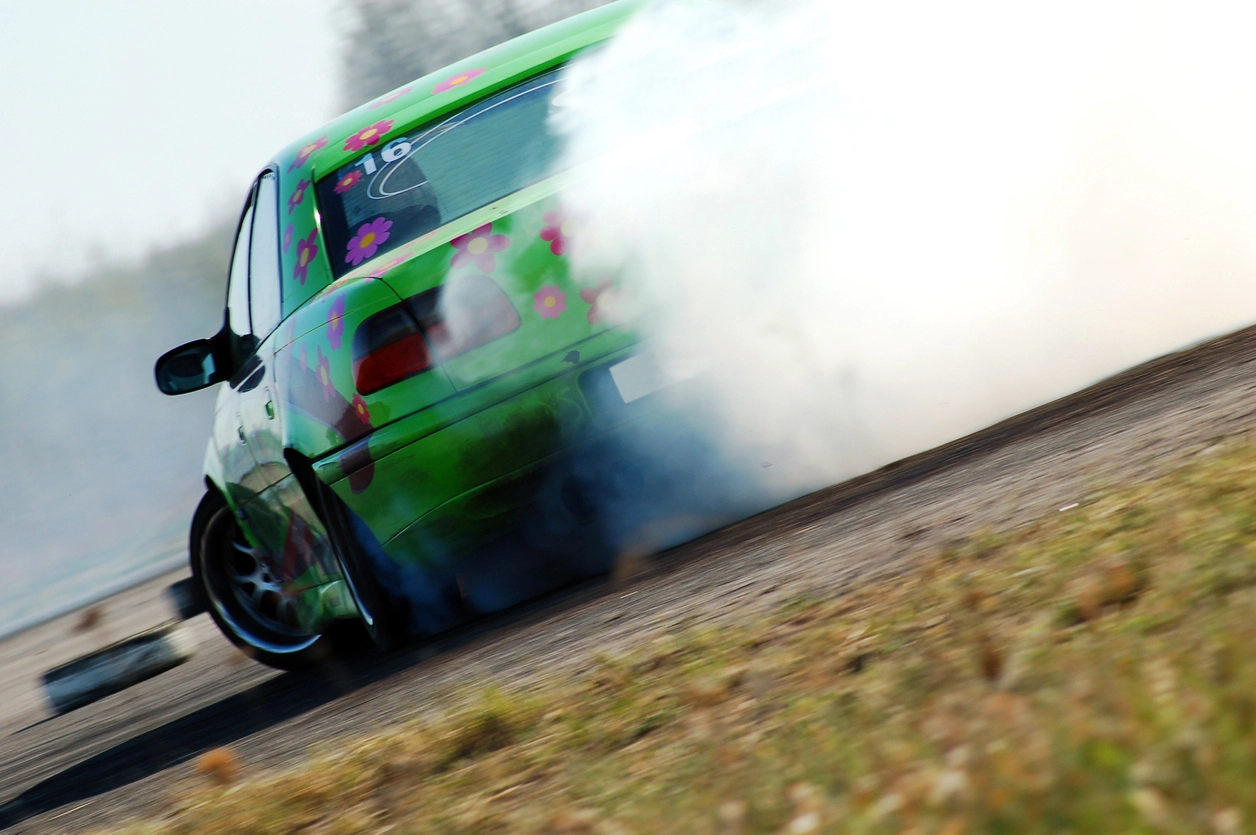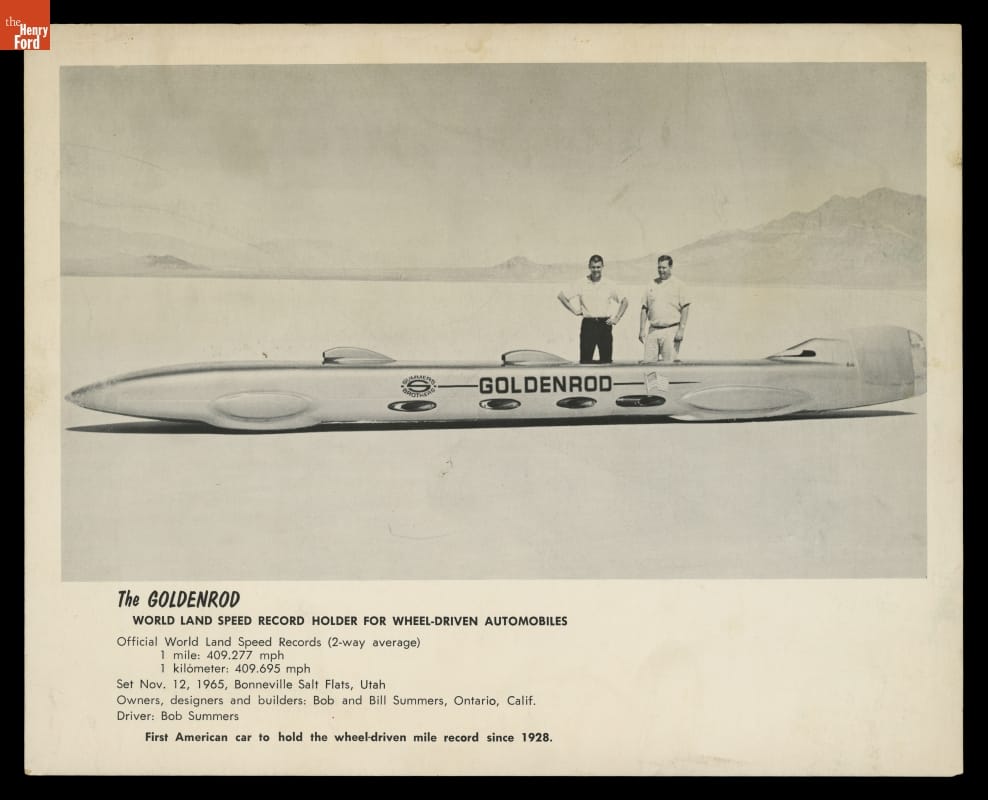About JC Whitney Editorial Team

Meet the JC Whitney Editorial Team, your go-to experts for automotive insights, from in-depth car culture articles to the latest in vehicle tech.
More from JC Whitney Editorial TeamYou’ve just put your car into a controlled slide around a hairpin corner going down a narrow mountain highway. If you’re in this situation, you should already know how to keep the car at the angle of attack you want, and how to come out of the slide in a stable manner, allowing you to keep driving down the road. Another piece of information you really ought to be in possession of in this situation is how your tires are dealing with the stress of the slide. How do the different forces at play here impact them? What specifications do your tires have to help them deal with drifting around corners?
In drifting your ability to control traction and the grip of your tires is crucial. Although many variables come into play affecting a car’s ability to drift, one of the most important factors is the way the tires are making contact with the surface of the road. This has a bearing on both how the car is able to enter a slide in the first place (i.e. lose traction) and how the driver is able to maintain control of the vehicle once it begins sliding. To say that tires are a key component of drift racing would be a massive understatement. Given how crucial this aspect of a drift car’s design is, it should come as no surprise that drift-specific tires have been engineered over the years to better serve the needs of drift drivers. Here’s a brief guide to drift tires and what makes them different from the ones you’ve got on your own car.
Cars used in drift racing often rely on specialized tires designed to withstand the unique demands of drifting. Drifting involves intentionally oversteering and losing the rear wheels’ traction while maintaining control and driving the car through a turn. This maneuver puts a significant amount of stress on the tires due to the high levels of heat and friction generated.
The tires used in drift racing are different from normal tires in several key aspects. First, their composition and tread design are tailored to balance grip and slip. Drift tires need to maintain enough grip to allow drivers to control the car effectively while still enabling the necessary slip to perform drifts. They often have a softer rubber compound that provides better grip on the road surface, enhancing the car’s handling and control during a drift.
Drift tires are also designed to be durable and withstand the extreme conditions of drift racing. The high temperatures, between 93°C and 121°C (199.4°F and 249.8°F ) and constant friction can quickly wear down regular tires, leading to blowouts or reduced performance. Drift tires, therefore, are constructed to resist heat buildup and wear, ensuring that they can last through the intense conditions of a race or practice session. Although the tires professionals use are designed to last longer than a normal set might through a drift session, pro racers who can afford to replace their tires (or have sponsors to pay for them) every time they begin a new session take full advantage of this luxury, and do not use the same tires for long.
Another aspect that sets drift tires apart is their sidewall construction. The sidewalls are typically reinforced to deal with the lateral forces exerted during drifting. This reinforcement helps maintain the tire’s shape and integrity, even under the extreme stress of drifting maneuvers.
Drifters may choose tires with specific characteristics based on their driving style and the requirements of the track. For instance, some may opt for tires with a higher treadwear rating for longer-lasting performance, while others might select tires with a lower rating for more grip and faster response, accepting the trade-off of quicker wear.
In competitive drifting, the choice of tires is a critical component of the car’s setup, influencing both performance and safety. While specialized drift tires are not mandatory for casual or beginner drifters, those engaged in professional or competitive drifting often rely on these tires to achieve the best balance of performance, durability, and safety.
The development of drift-specific tires is an interesting story that intertwines with the evolution of drifting as a motorsport. Drifting, which originated in Japan in the 1970s, is a driving technique where the driver intentionally oversteers, with loss of traction, while maintaining control and driving the car through the entirety of a corner. As the popularity of drifting grew internationally, the demand for equipment that could withstand the unique demands of the sport, including tires, increased.
Initially, drifters used whatever tires they could get their hands on, often opting for cheap, used tires because the sport is particularly hard on them. However, as drifting evolved from underground races to organized competitions, the need for more specialized equipment became apparent. Tires are crucial in drifting, as they need to provide the right balance between grip and slip to allow drivers to maintain control while oversteering.
The development of drift-specific tires involved tire manufacturers working closely with drifters to understand the unique requirements of the sport. These collaborations led to the creation of tires that could offer high levels of durability and heat resistance, as drifting subjects tires to extreme stress and temperatures. Moreover, these tires needed to provide predictable performance to allow drivers to maintain control at the limit of traction.
The first drift-specific tires started to emerge in the early 2000s as the sport gained more recognition and as the tire industry began to see the value in catering to this niche market. Companies like Falken, Nitto, and Bridgestone were among the first to introduce tires designed specifically for drifting, offering features like reinforced sidewalls and tread patterns optimized for the sport’s unique demands.
Since their introduction, drift-specific tires have evolved significantly. Advances in rubber compound technology, tread design, and tire construction have allowed manufacturers to offer tires that are not only more durable but also provide better performance. Today’s drift tires offer improved grip for better control during a drift, enhanced sidewall strength to withstand the lateral forces experienced during drifting, and optimized tread patterns that help manage heat for more consistent performance.
This evolution reflects the tire industry’s ongoing commitment to supporting motorsports and its understanding of the specific needs of different disciplines, including drifting. As drifting continues to grow in popularity and as the technology behind tire manufacturing advances, we can expect drift-specific tires to continue to evolve, offering even better performance and durability for enthusiasts and professional drifters alike.
Although tires help drift drivers gain a slight edge in terms of control and overall feel on the track, it should be noted that brakes and suspension systems, along with throttle, are also key components of performance-engineered drift cars. Without these key components, a great set of tires would likely make very little difference.



